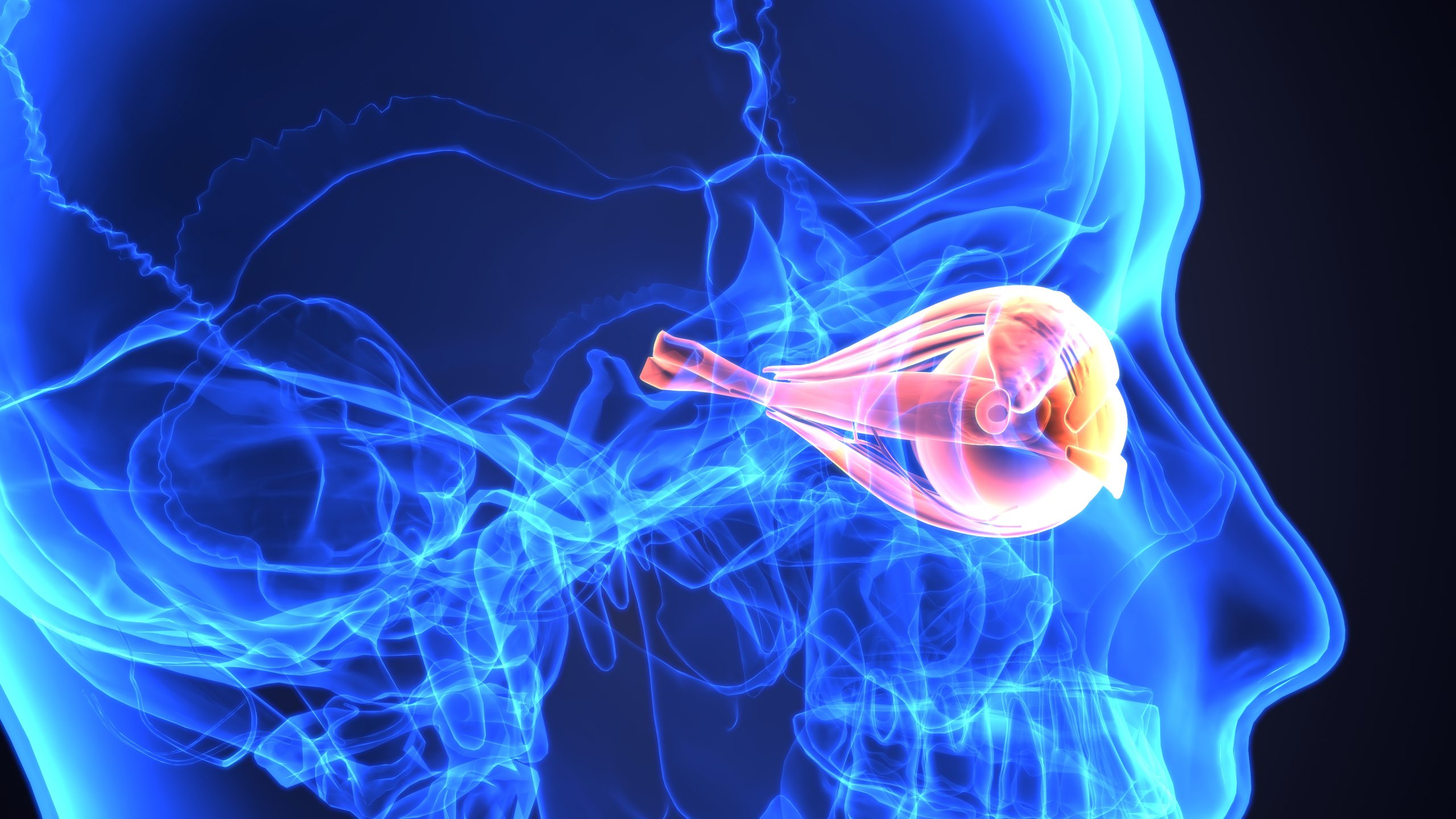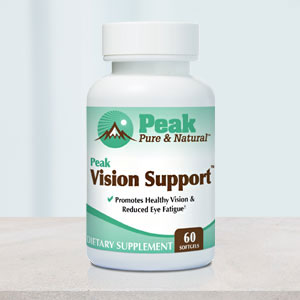Get Easy Health Digest™ in your inbox and don’t miss a thing when you subscribe today. Plus, get the free bonus report, Mother Nature’s Tips, Tricks and Remedies for Cholesterol, Blood Pressure & Blood Sugar as my way of saying welcome to the community!
Calcium, retinal blood flow and the connection to glaucoma

No one wants to be told they have glaucoma. This eye disease, which affected 80 million people worldwide in 2020, eventually damages the optic nerve and is the main cause of irreversible blindness.
There is no cure for glaucoma, but regular eye exams can catch it early and manage the disease before vision loss or blindness occurs. Treatments usually involve eye drops that lessen fluid production and help fluid drain more effectively, both of which ease pressure on the optic nerve. Sometimes surgery is necessary to reduce eye pressure, a major risk factor for glaucoma.
Researchers continue to work to find new treatments for glaucoma. Recent studies have focused on lowering pressure inside the eye, as well as finding medications that protect and preserve the optic nerve from damage.
Previously, researchers have identified two features of glaucoma: reduced blood flow and impaired neurovascular coupling. Neurovascular coupling refers to the relationship between neural activity and subsequent changes in cerebral blood flow.
More recently, a team of researchers from Université de Montréal dug deeper into these major vascular defects to see if they could reveal the detailed mechanisms behind them. By doing so, they hope to identify new therapeutic targets for this dreaded disease…
The role of pericytes in glaucoma
When examining live imaging of the retina in lab mice, the researchers found the eyes with high intraocular pressure had significantly smaller capillary diameter and reduced blood supply at pericyte locations.
Pericytes are cells wrapped around the capillaries that control the amount of blood passing through a single capillary by squeezing and releasing the tiny vessel.
“We show that pericyte dysfunction impairs blood supply causing the death of retinal ganglion cells, the neurons that connect the retina with the brain, ultimately leading to vision loss,” says lead researcher Adriana De Polo, professor of neuroscience and ophthalmology at Université de Montréal.
“A key finding is that inter-pericyte tunneling nanotubes, thin nanotubes used by pericytes to communicate with each other, were also damaged in hypertensive eyes and contributed to neurovascular dysfunction in glaucoma,” adds Luis Alarcon-Martinez, a postdoctoral fellow and first co-author of the study.
The researchers pinpointed calcium as an important player in this process. When calcium enters pericytes, it regulates their ability to squeeze the capillaries and control blood flow. But in glaucoma, the amount of calcium entering the pericytes is excessive, causing decreased blood supply.
According to the researchers, once calcium balance is restored, the functions of neurons and blood flow can be recovered in glaucoma.
“This strategy also prevented retinal ganglion cell death, and therefore is an important preclinical proof of concept,” says Yukihiro Shiga, another postdoctoral fellow and first co-author.
Calcium: a delicate balance
One thing this research emphasizes is the role of calcium. This essential mineral helps manage blood pressure throughout the body — including the brain — by sending signals that help blood vessels tighten and relax when they need to.
But we’ve written before about how calcium can build up in major arteries, leading to an elevated chance of heart attack or stroke. This buildup of calcium in the blood vessel wall hardens the arteries, blocking blood supply or causing the plaque in the artery to rupture.
The trick with calcium is to get enough to maintain healthy bones and blood flow, but not so much that it interferes with your heart and brain function.
Because calcium supplementation has been associated with a higher risk of heart disease, it’s usually recommended to get calcium through food sources, unless directed by your physician.
But calcium doesn’t operate in a vacuum. For it to benefit the body, it’s important to also have healthy levels of vitamins D and K2. Vitamin D helps your body properly absorb calcium, and vitamin K2 diverts calcium to the bones, making sure that not too much calcium builds up in your arteries.
Also, you need to be sure you’re getting enough magnesium and potassium in your diet. Both of these minerals help regulate blood flow by relaxing the walls of your blood vessels. The daily recommendation is 500 mg of magnesium and 100 mg of potassium.
And CoQ10, a supplement that supports healthy blood pressure levels, has been connected with benefits for glaucoma patients because it fights the damage of oxidative stress — believed to also be a key player behind the development of the disease.
Editor’s note: Have you heard of EDTA chelation therapy? It was developed originally to remove lead and other contaminants, including heavy metals, from the body. Its uses now run the gamut from varicose veins to circulation. Click here to discover Chelation: Natural Miracle for Protecting Your Heart and Enhancing Your Health!
Sources:
Glaucoma: seeing the light at the end of the (nano)tunnel — Université de Montréal
Glaucoma: Facts & Figures — BrightFocus Foundation
Glaucoma Surgery Recovery: What You Need to Know — Johns Hopkins Medicine
Neurovascular coupling — Scholarpedia
Study finds calcium precisely directs blood flow in the brain — ScienceDaily
Key minerals to help control blood pressure — Harvard Health Publishing














